There are countless ways to create crafts and play-based learning ideas using yarn. Not only that, these kids activities are beautiful and interesting!
Never would I have anticipated I would be writing and excited about yarn. Really. Yarn brings up connotations of the mundane. It probably goes without saying, but I’ve never knit. Though I do appreciate people who knit and what they create, it hardly inspires me. That is, until now.
Enter in The Undeniable Power of Play. This is a book we co-authored to empower any parent, teacher, or childcare provider with simple ways to facilitate play-based learning. Every idea, recipe or prompt uses common household items and easy to follow instructions.
In addition to our book, we have created a challenge on Instagram. All you have to do is search the #PowerofPlay52 hashtag and join in the fun! Each week, we have a prompt for our play-based learning ideas. And this week was yarn. I’m THRILLED to share with you all of the wonderful ideas we were able to round-up. But before I share these incredible play-based learning ideas using yarn with you, be sure to check out our brand new Undeniable Power of Play page on facebook. You can also stay up to date by joining The Undeniable Power of Play on Facebook too!
[bctt tweet=”Check out these gorgeous play-based learning ideas using yarn! #kidsactivities #playbasedlearning” username=”parentfromheart”]Without further adieu, here are Fun Play-Based Learning Ideas Using YARN!
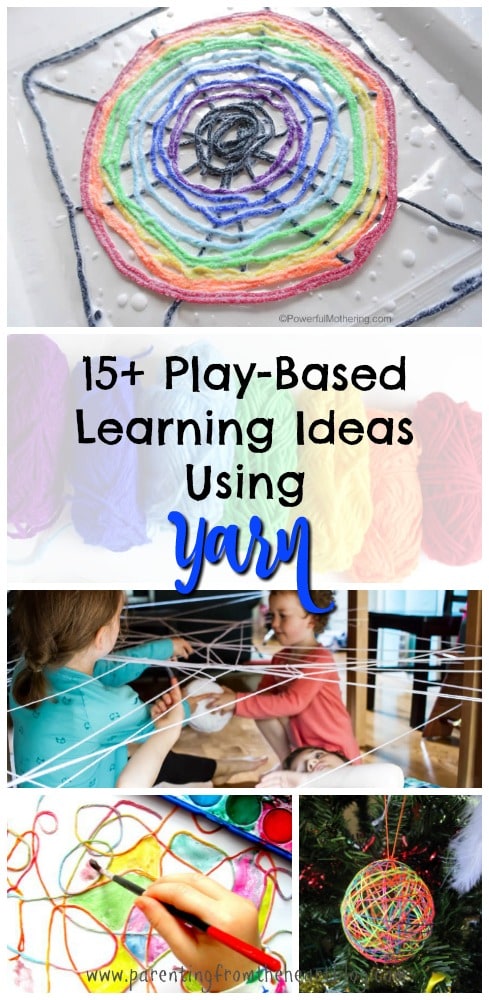
Incredible Play-Based Learning Ideas Using Yarn
String and Tape: Invitation to Create // Bambini Travel
Crystallized Snowball // Rainy Day Mum
Yarn Wrapped Block Prints // Things to Share and Remember
Spider Web Obstacle Course // Mama Smiles
How to Make a Rainbow Spider Web // Powerful Mothering
Paper Plate Panda Bear // Danya Banya
Whimsical Beaded Garden Ornament // Rainy Day Mum
How to Make an Articulated Hand with Moveable Fingers // Go Science Girls
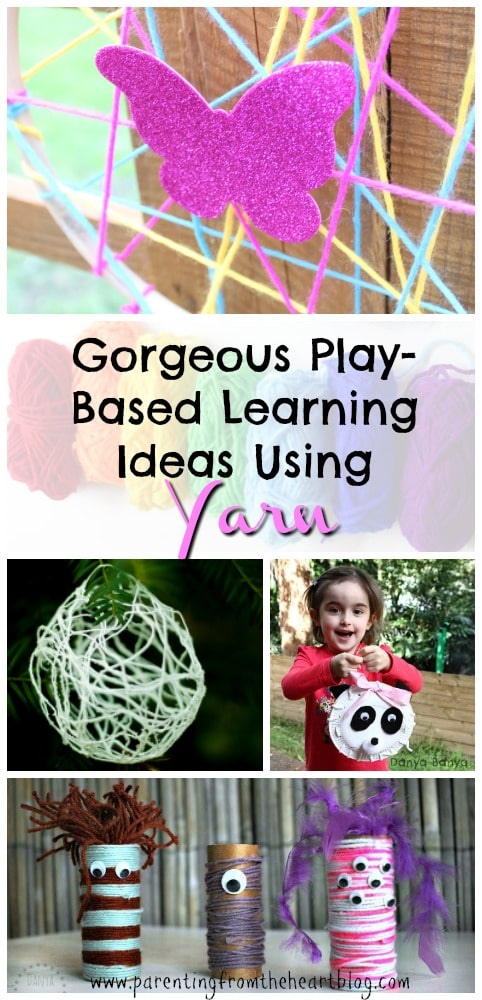
Yarn Print Process Art Activity // Mini Monets and Mommies
Yarn or Ball String Christmas Ornaments // Powerful Mothering
TP Yarn Monsters // Danya Banya
Water Yarn Process Art // Arty Crafty Kids
How to Make Dream Catcher Kids Crafts // Sew Kidding
Waldorf Inspired Baby Doll Crochet Pattern // Mama Smiles
Falling Leaves Sensory Activity for Kids // JDaniel4’s Mom
Pom Pom Monsters Using Scrap Fabric // Jeddah Mom
How to Make Wool Wrapped Pen Holders // Sew Kidding







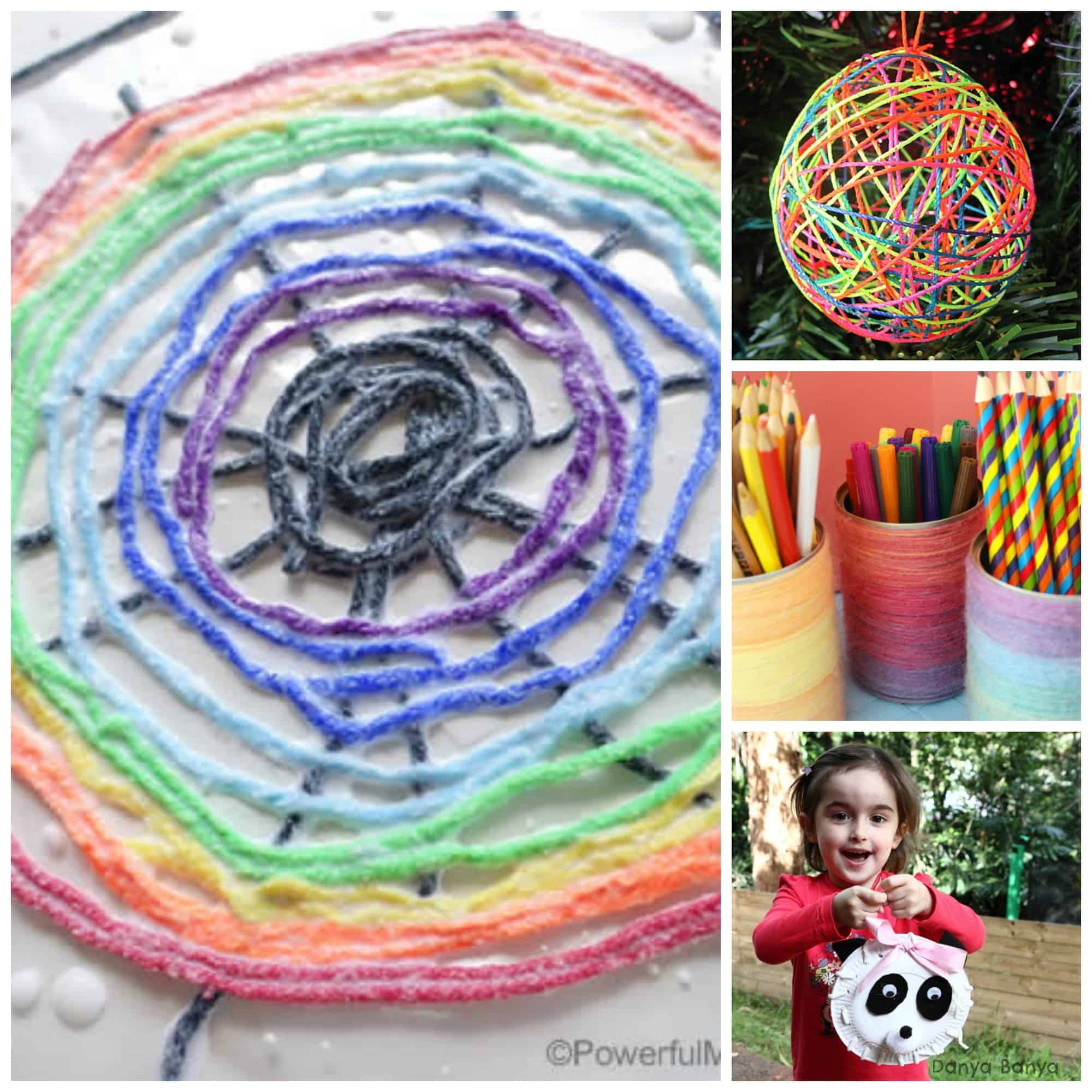

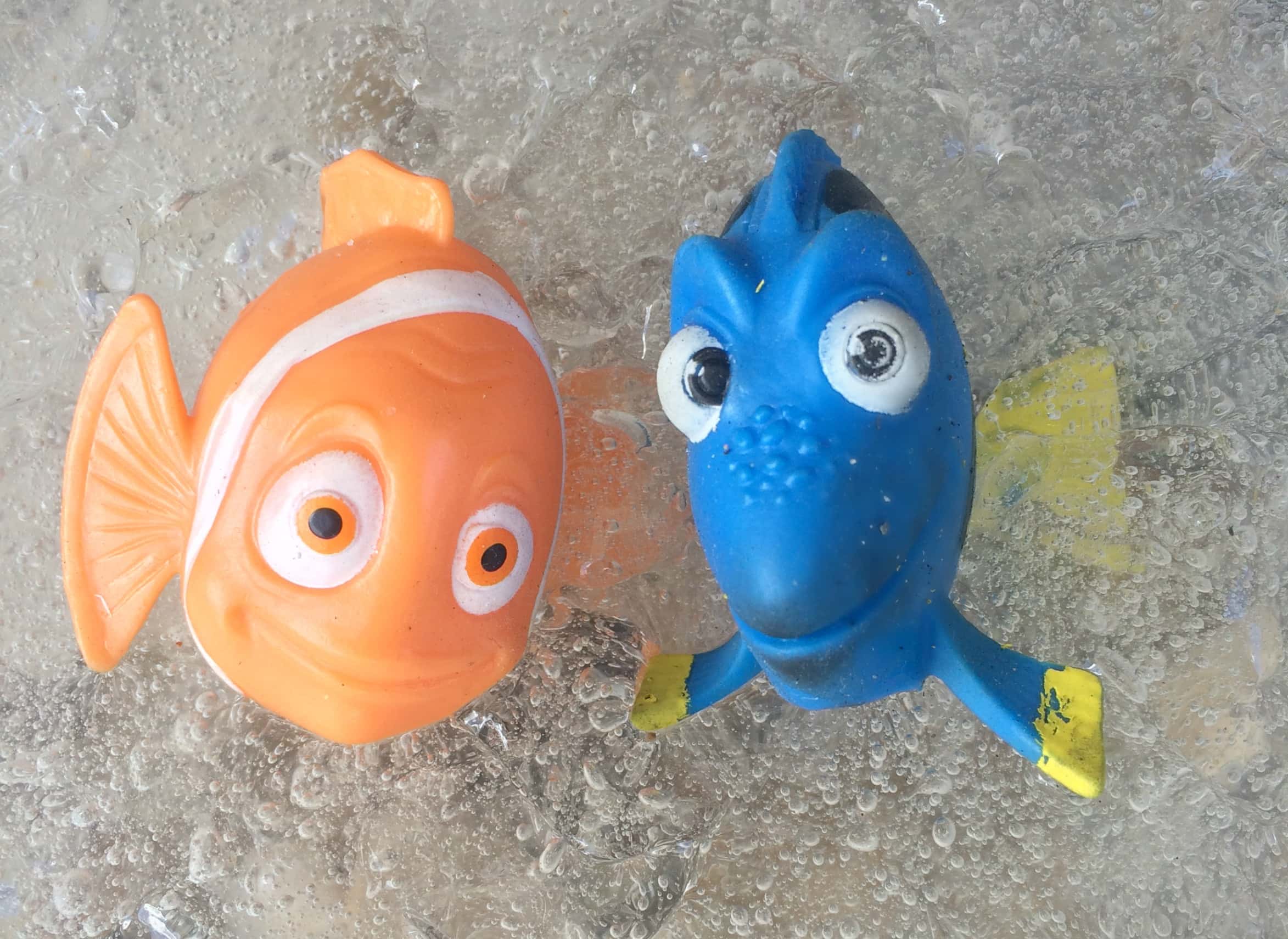
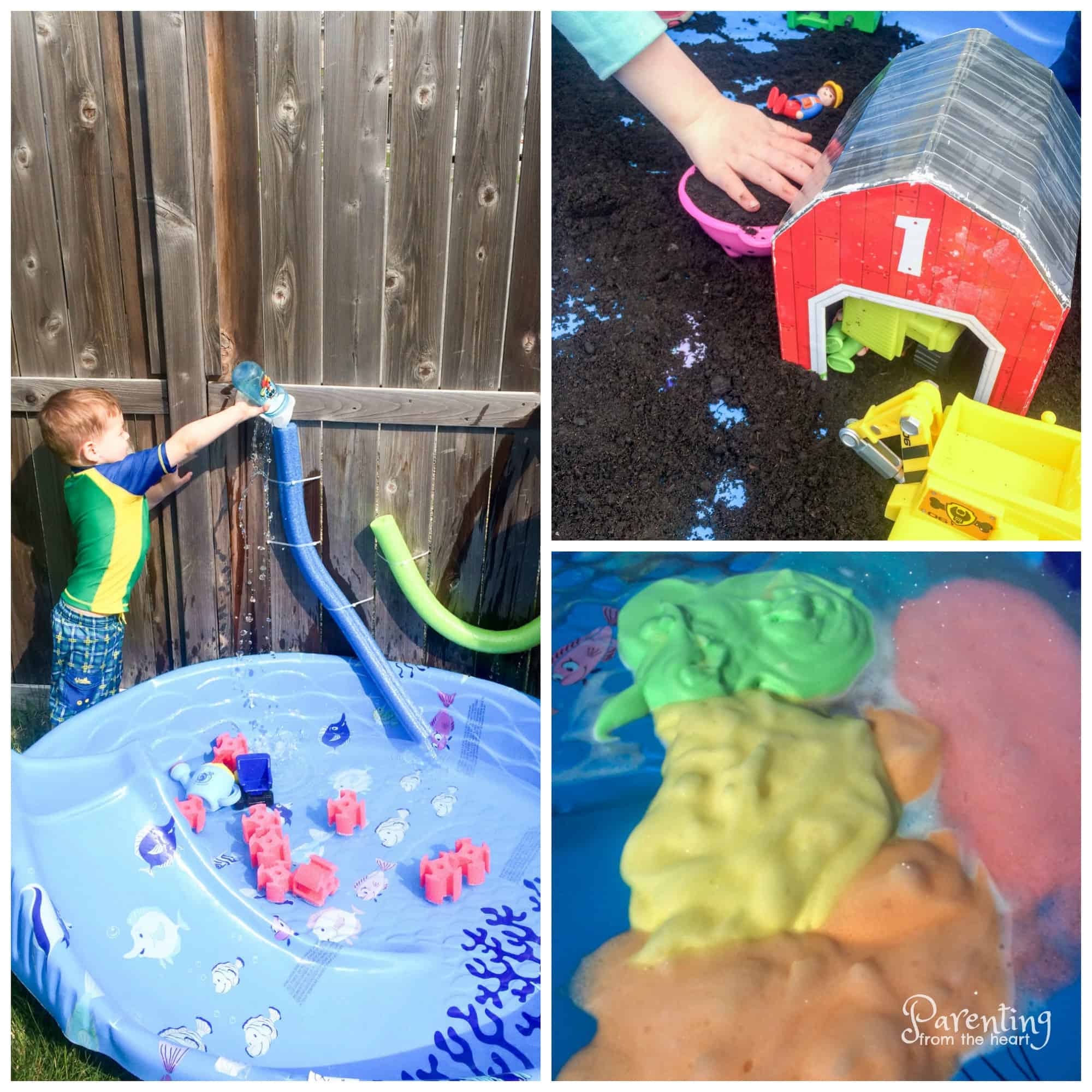
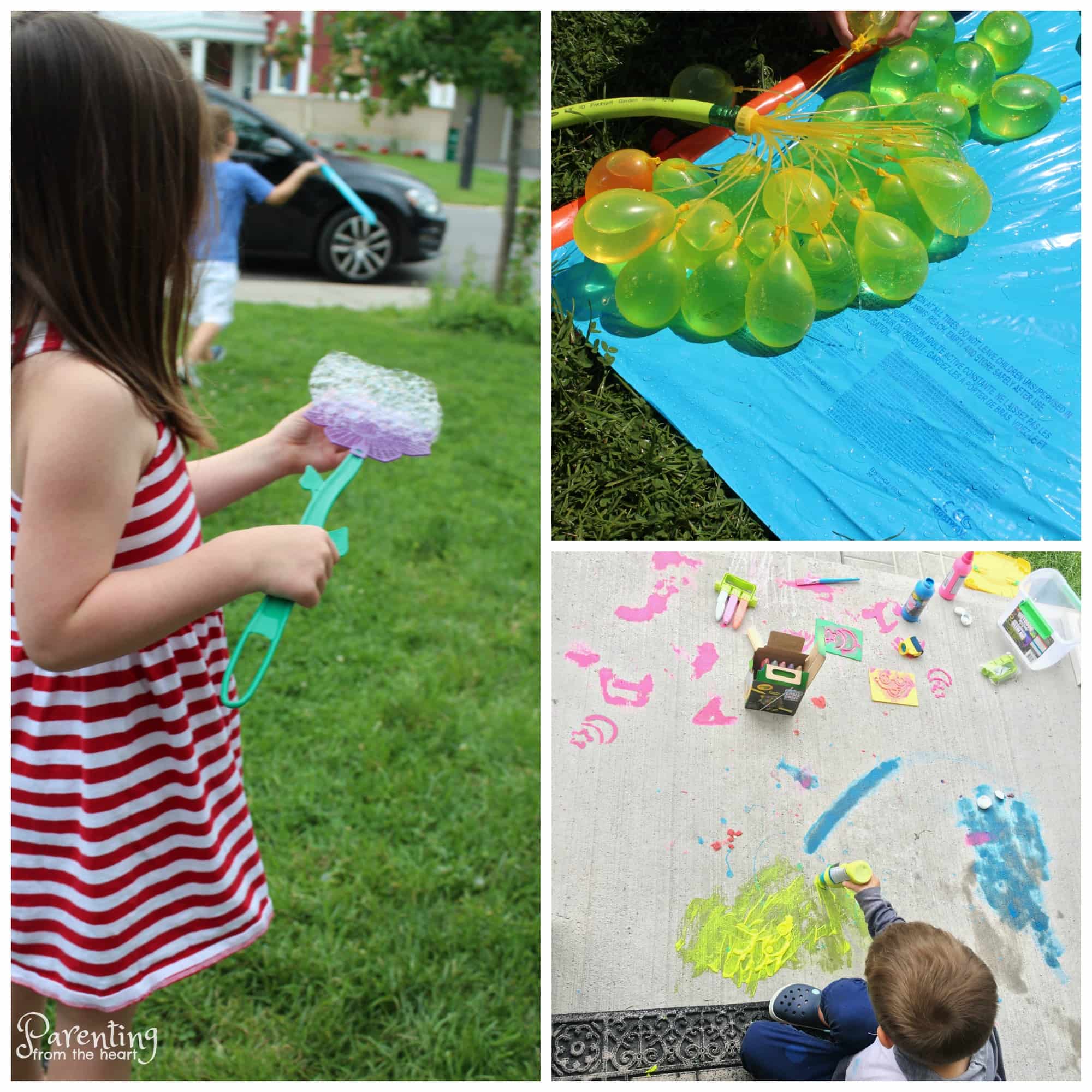
Awesome! I love the snowball! I shared and pinned!
Thanks so much Sue! I love the snowball too!!!